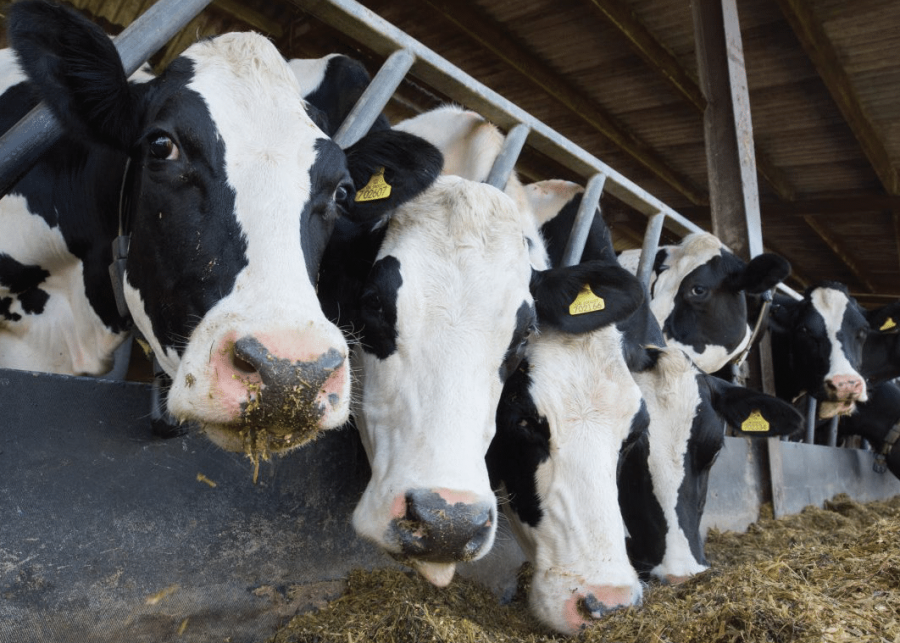Achieving success in dairy production
We can easily double milk production in Kenya from the current 5.2 billion litres to about 9 billion litres by working on our production systems,” says Mr Alex Gathii, a cow signals experts from Tanolope Consultancy.
If we work on the deficiencies and inefficiencies on our dairy farms it will be a good start to the success of the sector, he adds, pointing out that it is because of these that the dairy sector indicators are at an all-time low.
For every litre of milk, you require a certain amount of proteins, energy minerals and vitamins. There is no shortcut, he says.
“For us to raise our milk production to average world levels, we need to address the sources of these materials, and then help our farmers to access them cheaply,” he adds. We must also meet cow signal parameters. A cow needs to lie down for between 14 to 16 hours. It will need access to maximum feed, and air circulation, among other things. If we could fix the following challenges, we could take our dairying to the next level, says Mr Gathii:
- The severe protein deficiency;
- Extremely severe energy deficiency;
- Mineral deficiency in terms of quality and quantity. On some farms, they do not use minerals;
- Limited quality of dietary fibre;
- Stresses within the farms:
Water stress
Cows are supposed to take between 100 and 150 litres of water a day. The cows do not get enough water. Have enough water points. The water must be clean and be there for 24 hours.
Heat stress
Most farmers enclose their cowsheds, leaving poor air circulation. This causes cows to have stress, therefore, reducing milk production by 10 to 15 per cent.
Social stress:
This is where there is no dairy herd segmentation. You keep an in-calf cow probably in late gestation; another one heat and a young heifer, all in the same herd. This leads to social stress.
In this Dairy Basics section, we seek to help you sort out these deficiencies and inefficiencies to achieve success in dairying
GETTING STARTED: Planning-your-farm-for-success



